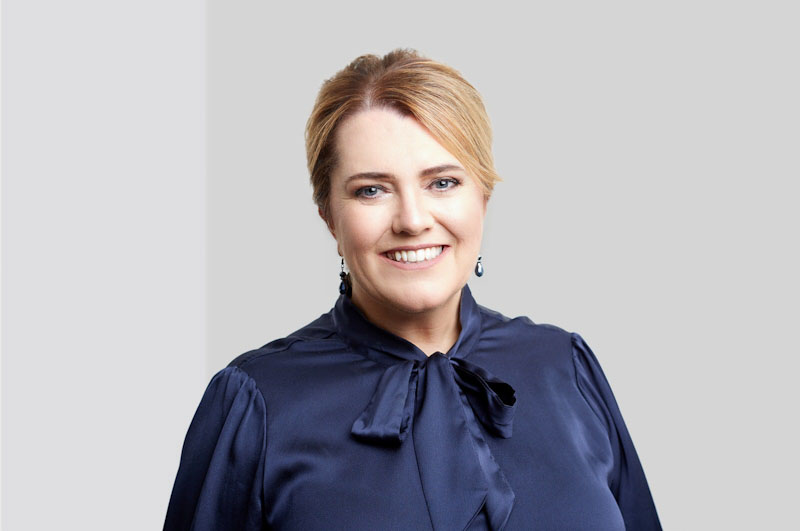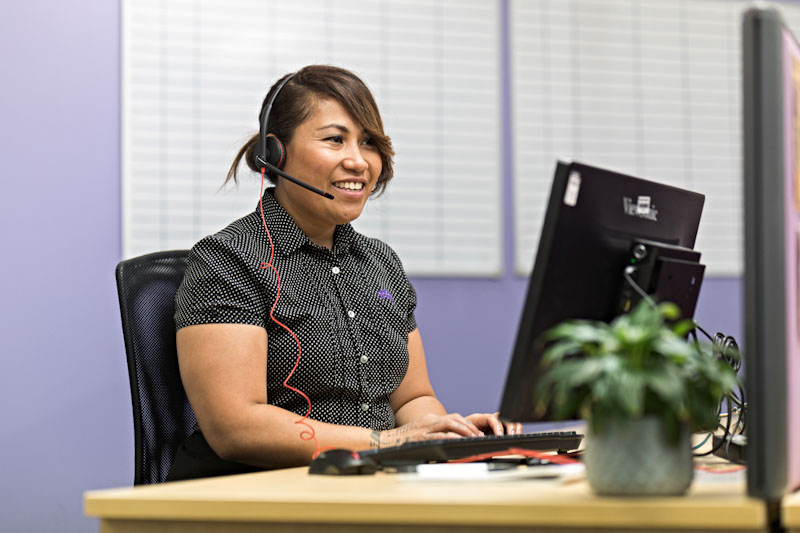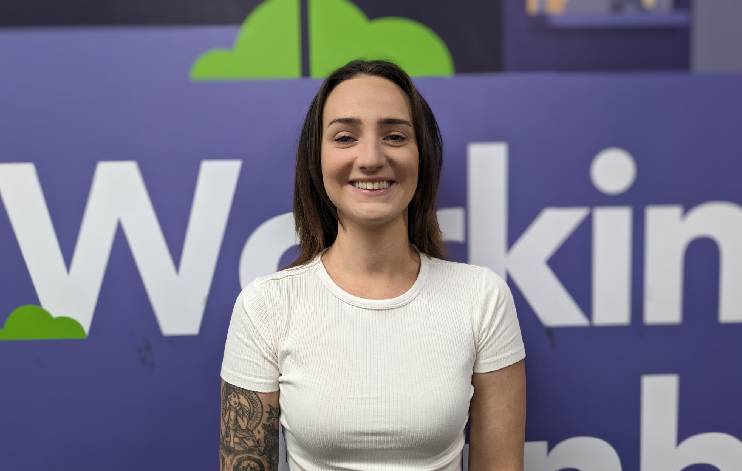Closing the gender pay gap
Published by MAXSolutions on September 07, 2023

The Gender Pay Gap is reported by WGEA and uses ABS statistics to identify the difference between what men and women earn.
In 2013, when the data was first reported, the pay gap stood at 17.5% (source: ABS). In 2023, that figure is now 13.3% based on base salary/full time statistics.
WGEA also analyse data from the WGEA Employer Census Gender Pay Gap that includes base salary plus overtime, bonuses, additional payments, full-time and annualised part-time and casual workers. That figure shows a greater gap of 22.8%.
Over the last several years, and as part of our commitments as a WGEA Employer of Choice citation holder, we have been working closely on trying to reduce our gender pay gap, by increasing awareness, introducing new processes and changing the way we think about ‘equal pay’.
Executive General Manager for Human Resources APAC, Rachel Chapman-McCowan, shares her views on understanding the Gender Pay Gap and gives some advice for other organisations looking to close their gap.
What is the gender pay gap and how does it impact people?
It’s important to understand that ‘Equal Pay’ and the ‘Gender Pay Gap’ are two different concepts. They are of course related but they are both important for different reasons.
The Gender Pay Gap takes the average earnings across the whole of a business and looks at the inequity between the average earnings of men against women. It is not a measure of gender pay equality or equal pay and sometimes people misinterpret the Gender Pay Gap as saying we should be paying women the same as men to do the same job. And yes, we should (and the law requires it), however, that is Equal Pay, a separate but intertwined issue.
Industry by industry, state by state, it is a recurring theme that women take home less pay per week than men, take up more entry level jobs and occupy less executive roles.
The result is that more and more women are reaching retirement age in poverty. The rate of older homeless women grew by 30% from 2011 to 2016 (source: Australian Institute of Health and Welfare). Women have less superannuation, typically due to time off as the primary carer for children. They are also highly represented in casual and part-time employment.
Why is it important to report the salaries of CEOs in the future?
At MAX we think this is a positive step forward in gaining a more accurate representation of the real gender pay gap. If the CEO’s salary is not included, the Gender Pay Gap is not truly represented and for many companies, the gap will look smaller than it really is.
It also allows organisations to take a holistic look, whilst also considering the specific things they can do at either end of the spectrum.
It's not just about the financial changes you can make to salaries. It’s about education, constant discussion, acceptance that it needs to improve, equitable access to opportunities and filtering in recruitment practices that consider the Gender Pay Gap.
Where do businesses start if they are looking to address their pay gap?
Achieving gender equity and reducing the pay gap is a long-term process that requires ongoing efforts.
Organisations can easily make a start by simply bringing the Gender Pay Gap in focus through regular reporting, for us we do this on a quarterly basis.
This continuous review and reporting can drive awareness, promote discussions and be the start to creating actions to address inequity. By reporting at all levels in the business, we are simply more aware and are more likely to start doing something about it.
It's essential to create a workplace culture that promotes gender equity and supports equal opportunities for all employees. And it cannot just be at the executive level or hiring manager level.
By understanding this topic more, I am hopeful that there will be more acceptance to introduce these types of strategies. In recruitment for example, no one would suggest that you should be forced to take a woman over a man to meet some sort of quota. What we're saying at MAX, is be open to an equal playing field of who you're looking for. Create structures within your business that reinforce and ensure people have equal access to opportunity.
What are some of the biggest challenges in achieving gender equality in the workplaces?
One of the main challenges is breaking away from traditional views about women as caregivers.
These views can lead to biases and discrimination in hiring and promotion decisions.
The key is to implement policies that support the hiring of women based on merit and create a culture that values diversity and inclusivity. Merit should not necessarily include tenure or length of experience in a role, as this can discriminate against women who have taken career breaks to raise a family.
When recruiting for senior roles, ensuring that you have a gender balanced base of candidates can help ensure you are at least levelling the playing field.
It's essential to offer equal opportunities to all employees, regardless of gender or caregiving responsibilities. Implementing unconscious bias training can help hiring managers make fair and unbiased decisions.
Just because a woman might be considering having a family, that does not mean she should be overlooked for a promotion.
Organisations can support families to make balanced decisions about who will be the caregiver. By ensuring men are able to access the same carers leave provisions as women and having a culture in the business that supports it, the caregiver role will, over time, become better balanced.
Of course, it’s hard to say if that role will ever become equal but making it an option is something employers can do in an attempt to change the status quo.
About Rachel
Rachel joined MAX in 2013 and has a wide-ranging HR background with 23 years’ experience, including Executive HR roles with ASX listed companies and international entities.
Since joining MAX, Rachel has held managerial positions across HR and our MAX Employment operations before her appointment as Executive General Manager Human Resources APAC.
Rachel believes that providing an environment where people feel valued and supported is intrinsically linked to improved organisational performance.
Rachel has professional qualifications in HR, Occupational Health and Safety and Project Management, and has experience in large organisational strategic change initiatives. Rachel is solutions focused delivering on both longer-term strategic change and operational HR initiatives to support our broad workforce.
Rachel lives in Brisbane with her husband and her son spending most weekends at kids sporting events and spending time with family.
Tags
Found this useful?
Help and advice
Our blogs are about helping people seek the information that they need for their steps in the workforce.














_1.jpg)





























.jpeg)

















